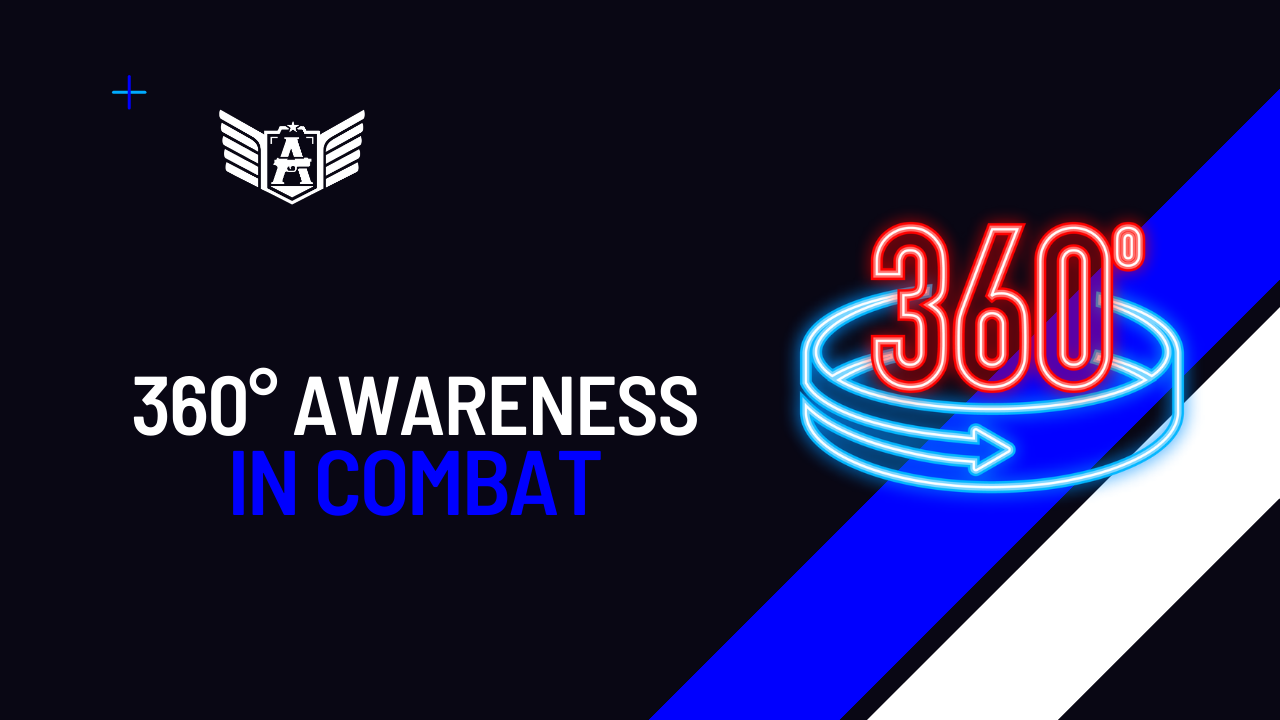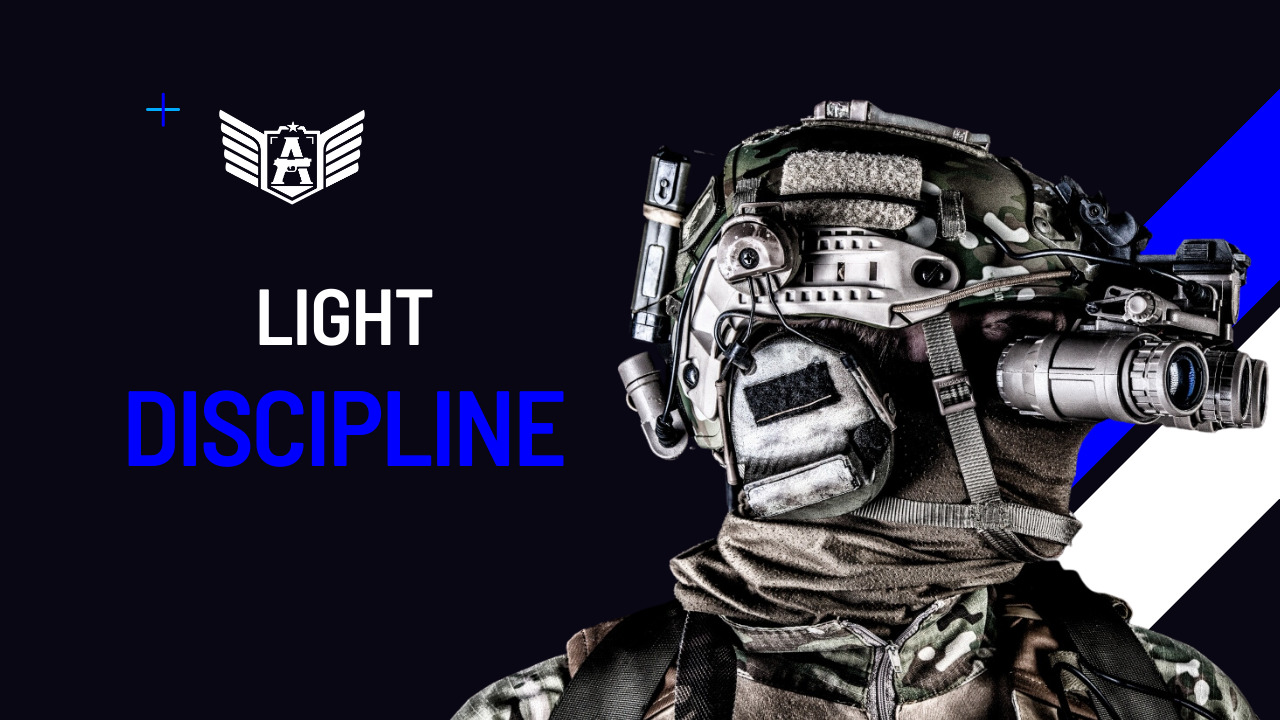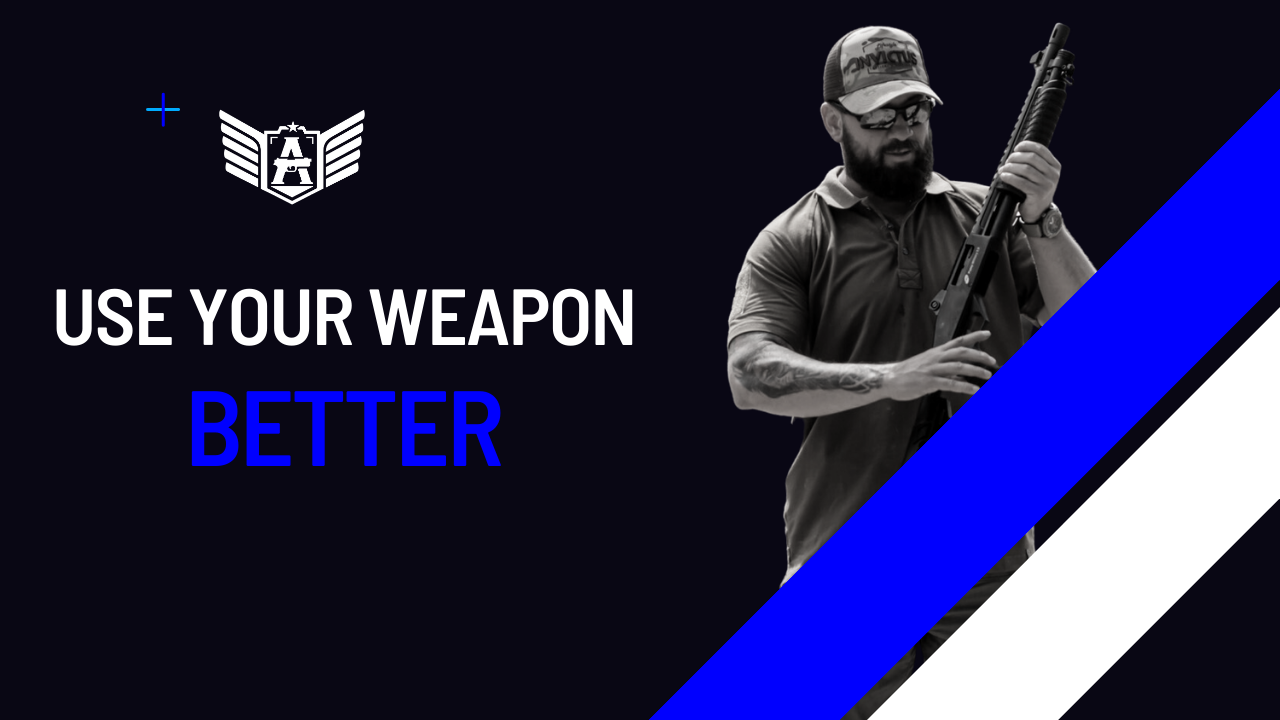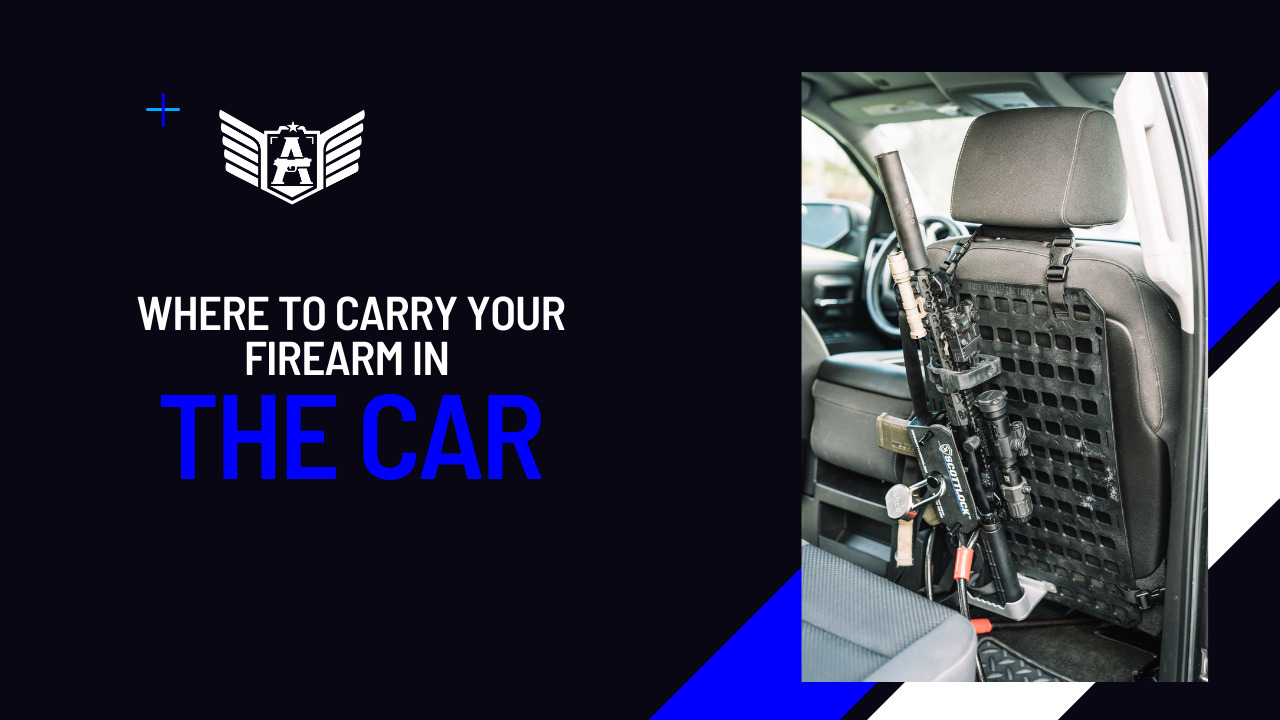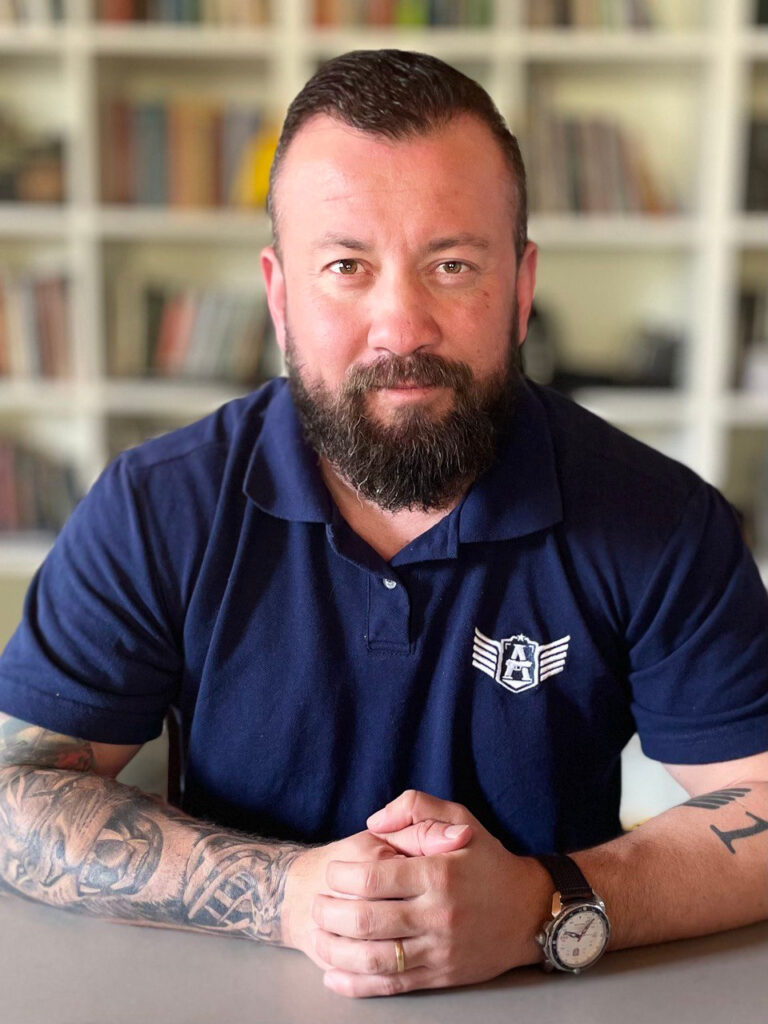
Traditional shooting training often unfolds on a static shooting line, with shooters directed toward stationary targets that pose no real threat. The environment is pristine, the lighting ideal, and let’s not forget the ever-present air conditioning. However, I find it hard to believe that this scenario bears any resemblance to a real combat situation. It feels as if these shooters are swimming in an aquarium, thinking they’re ready for the open sea.
While I acknowledge the utility of such practices on shooting ranges, I contend that they are insufficient. This text aims to address at least one of these limitations.
In a previous discussion about the “Tactical Follow Through and Scanning,” I highlighted how traditional scanning methods address issues like tunnel vision and maintaining the line of fire. However, a significant limitation persists when shooters are constrained to keep their torsos facing downrange rather than actively scanning the entire environment. This limitation is not only a cognitive hurdle for beginners learning to break tunnel vision but also a physical constraint.
So, what’s the solution?
Whenever range policies permit, I advocate teaching students to navigate in a 360° environment as early as possible. Contrary to the notion that this is an advanced skill, I firmly believe that anyone wielding a firearm should possess the ability to use it responsibly in the real world without compromising safety. The reality, however, is that a vast majority of gun owners have never trained for such scenarios.
This content is learned at ehe following courses:
Rifle Cognitive Operator I
Rifle Cognitive Operator II
Rifle Cognitve Operator III
Pistol Cognitive Operator I
Pistol Cognitive Operator II
Pistol Cognitive Operaror III
360° CQD
Scenario Training
This skill is as crucial as hitting a target; it is merely the practical application of safety rules in a real-world context. It is not advanced; it is the bare minimum acceptable!
Hence, shooters need to move beyond understanding muzzle discipline from their early training and actively practice applying it in situations that go beyond a paper target squarely positioned in front of them. Here’s a curated list of practices to help shooters develop the necessary 360° skills:
- Complete body scanning (not just the neck)
- Combat movement in a 360° environment
- Teamwork in a 360° environment
- Muzzle control
- Understanding combat geometry
- Enhanced situational awareness outside the range
- Force-on-force scenarios
- Scenario-based training
- And more
Some people own firearms for sports or entertainment, others for hunting or collection. However, if your intention is to wield a firearm as a tool for combat, ensure that your time spent with it is purposeful and geared specifically toward training for real-life scenarios. Avoid wasting time on practices designed for sports shooting or training with unclear objectives. When it comes to safeguarding your life or the lives of your family, there is no room for mistakes.

